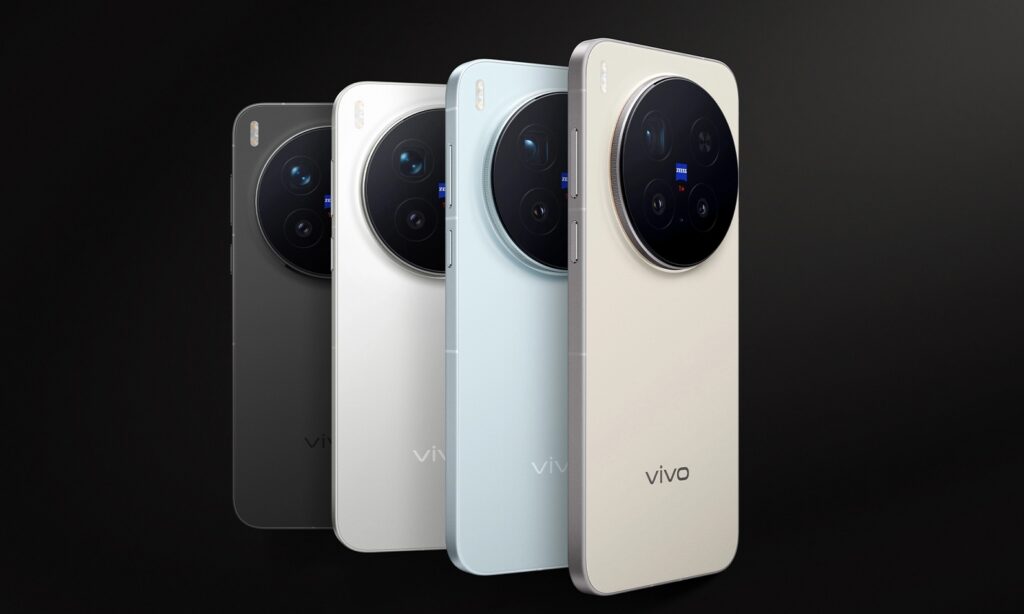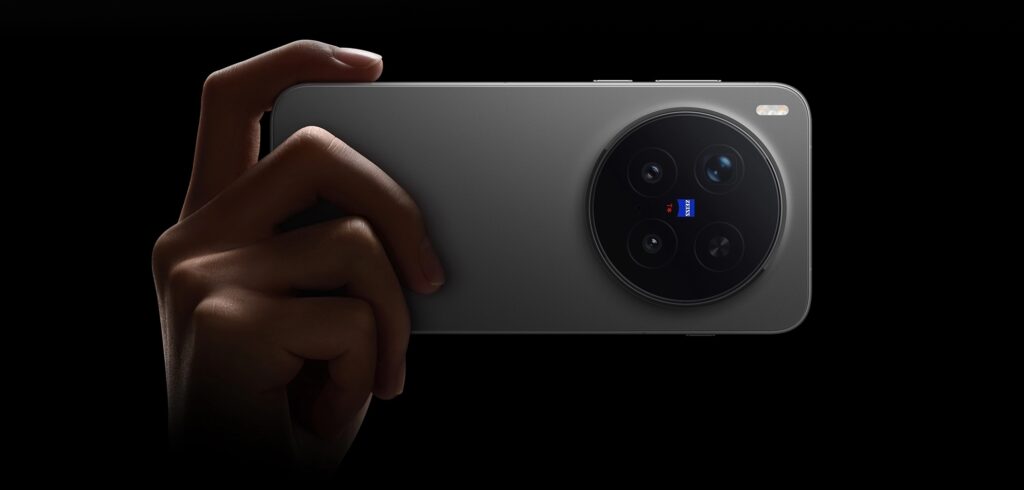
The vivo X300 Pro has been launched with great fanfare, offering four fashionable color options—black, white, blue, and brown—to cater to the diverse aesthetic preferences of different users.
In terms of core specifications, it features a 6.78-inch straight screen and is the first to debut with the flagship Dimensity 9500 platform, delivering powerful performance. It comes with a large 6510mAh battery, supports 90W wired and 40W wireless fast charging, eliminating worries about battery life. For the camera setup, it has a 50-megapixel AF front-facing lens and a rear camera combination of a 50-megapixel main lens, a 50-megapixel wide-angle lens, and a 200-megapixel periscope lens. With a thickness of just 7.99mm, it is pre-installed with the OriginOS 6 system, ensuring smooth operation.

The imaging capability stands out as the biggest highlight of this phone. Equipped with a Zeiss gimbal-level main camera Blueprint x Sony LYT-828, it boasts a large 1.5° gimbal-level anti-shake and CIPA 5.5 professional-grade anti-shake, specifically designed for video shooting. The VS1 and V3+ chips are responsible for image pre-processing and post-processing respectively, enhancing the speed and quality of photo output. It supports 4K 120fps Dolby Vision shooting and is the first to launch editing and exporting capabilities in collaboration with CapCut. It also supports 4K 120fps 10-bit Log video shooting, among other features. For telephoto shooting, the Zeiss 200-megapixel APO super telephoto lens, paired with an equivalent 200mm focal length lens, allows for free switching between 200mm and 5400mm, making it an ideal gadget for watching performances, sports events, and bird photography.

When it comes to unlocking, relying on the new Goodix ultrasonic fingerprint solution, it offers more accurate and smooth recognition across all scenarios. In terms of audio, the Goodix smart audio amplifier provides a pure and stereo auditory experience while also supporting silicon-anode battery design. Additionally, the Goodix under-display ambient light sensor integrates three functions—ambient light, color temperature, and proximity detection—to intelligently adjust the screen display. Multiple portrait shooting functions offer greater creative freedom.

ESD (Electrostatic Discharge) components are specialized electronic components designed to safeguard electronic devices from the damaging effects of electrostatic discharge. ESD is a sudden release of static electricity that can compromise the functionality or lifespan of sensitive electronic components. ESD components mitigate this risk by diverting, absorbing, or dissipating ESD events.
In mobile phones, ESD components are critical for protecting internal circuitry from ESD-induced damage. Due to the sensitivity of many components within a mobile phone, multiple ESD components are strategically placed to provide comprehensive protection. These components commonly include ESD diodes, TVS diodes, and other specialized protection devices.
Specifically, ESD components in mobile phones serve to protect various areas:
- Interface Protection: ESD protection is essential for interfaces such as charging ports, headphone jacks, and USB connectors to prevent damage from ESD events during connection.
- RF Circuit Protection: Radio Frequency (RF) circuits are highly susceptible to ESD and require dedicated ESD components to maintain signal integrity and prevent component failure.
- Processor and Memory Protection: Core components like processors and memory ICs require ESD protection to ensure reliable operation and data integrity.
- Touchscreen and Display Protection: Touchscreens and displays, integral to the user experience, are also vulnerable to ESD damage and are protected by dedicated ESD components.
In conclusion, ESD components are vital for protecting the internal electronics of mobile phones from ESD damage, ensuring their reliable operation, and extending their lifespan. Their strategic implementation is essential for maintaining device functionality and user satisfaction.